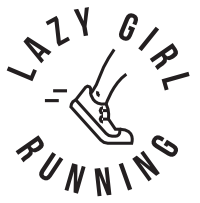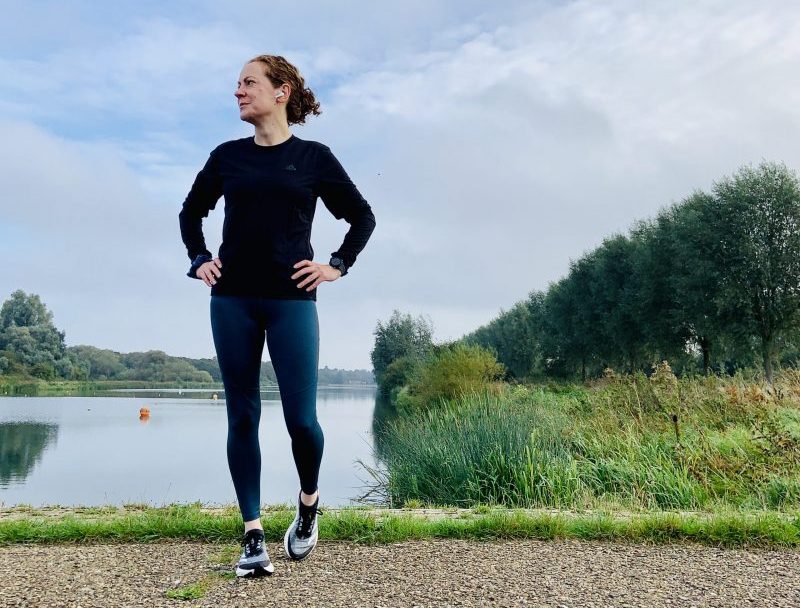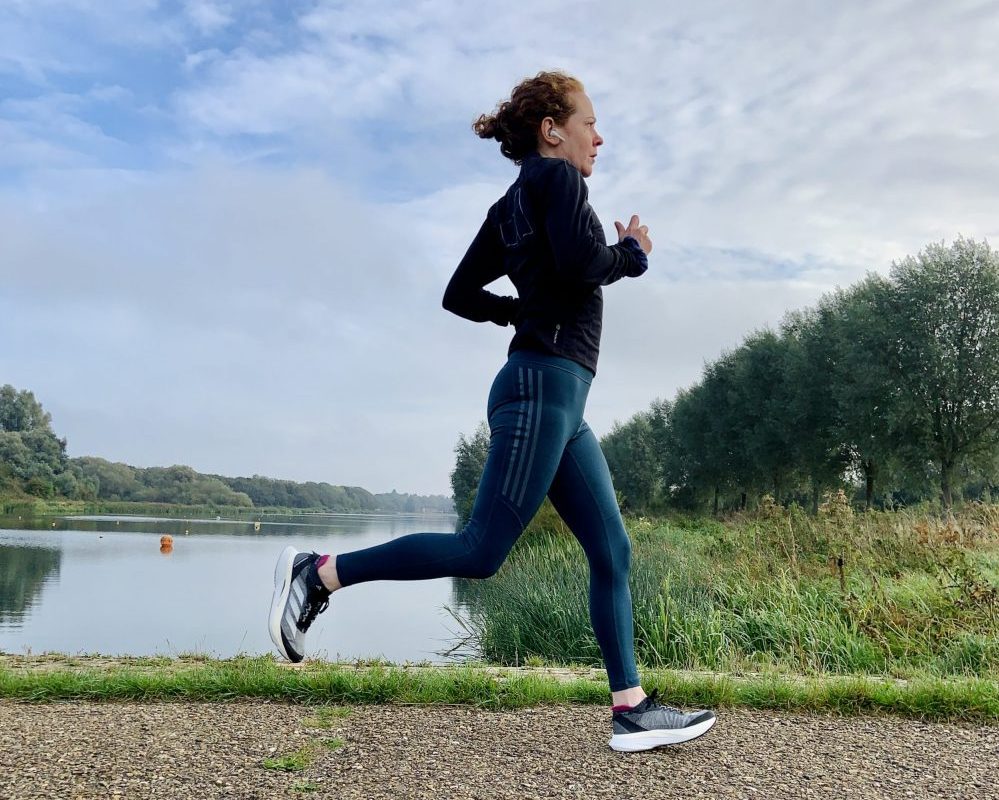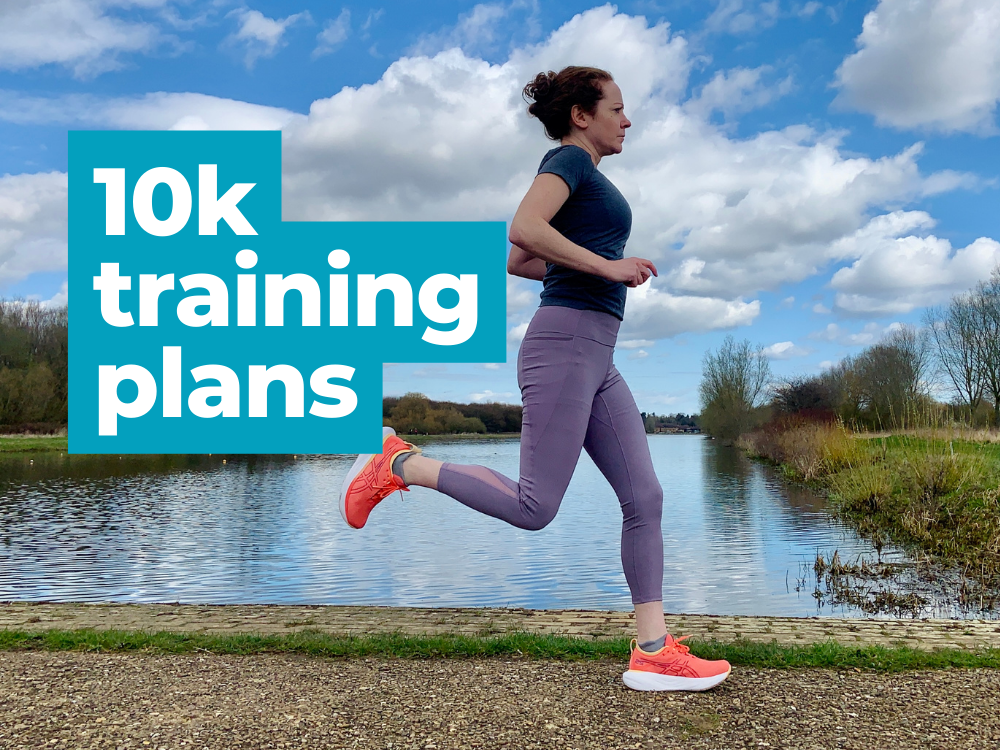How to Start a Running Group
It’s nearly 10 years since I started my first running group. Leading and coaching runners has been a lot of hard work at times but it has always been rewarding. The running world has changed a lot in the past 10 years and there seem to be more running groups and clubs than ever – but I still think there’s room for you to start your own running group if you’re passionate about it.
I now work for England Athletics teaching runners how to become Run Leaders via the Leader in Running Fitness qualification. We cover everything they need to know to lead safe, fun, inclusive sessions. But what we don’t cover is that other first step – how do you get people to show up to your running group? So that’s what I’m going to cover here.
Get qualified as a Run Leader
The ‘Leadership in Running Fitness’ (LiRF) qualification by England Athletics is a great place to start if you’re in England. (Scotland and Wales have similar courses.) You may have been running and attending groups for a long time, but leading is different and this course will help you consider sessions from different runners’ perspectives. It will also insure you in case anything goes wrong in your sessions and shows runners.
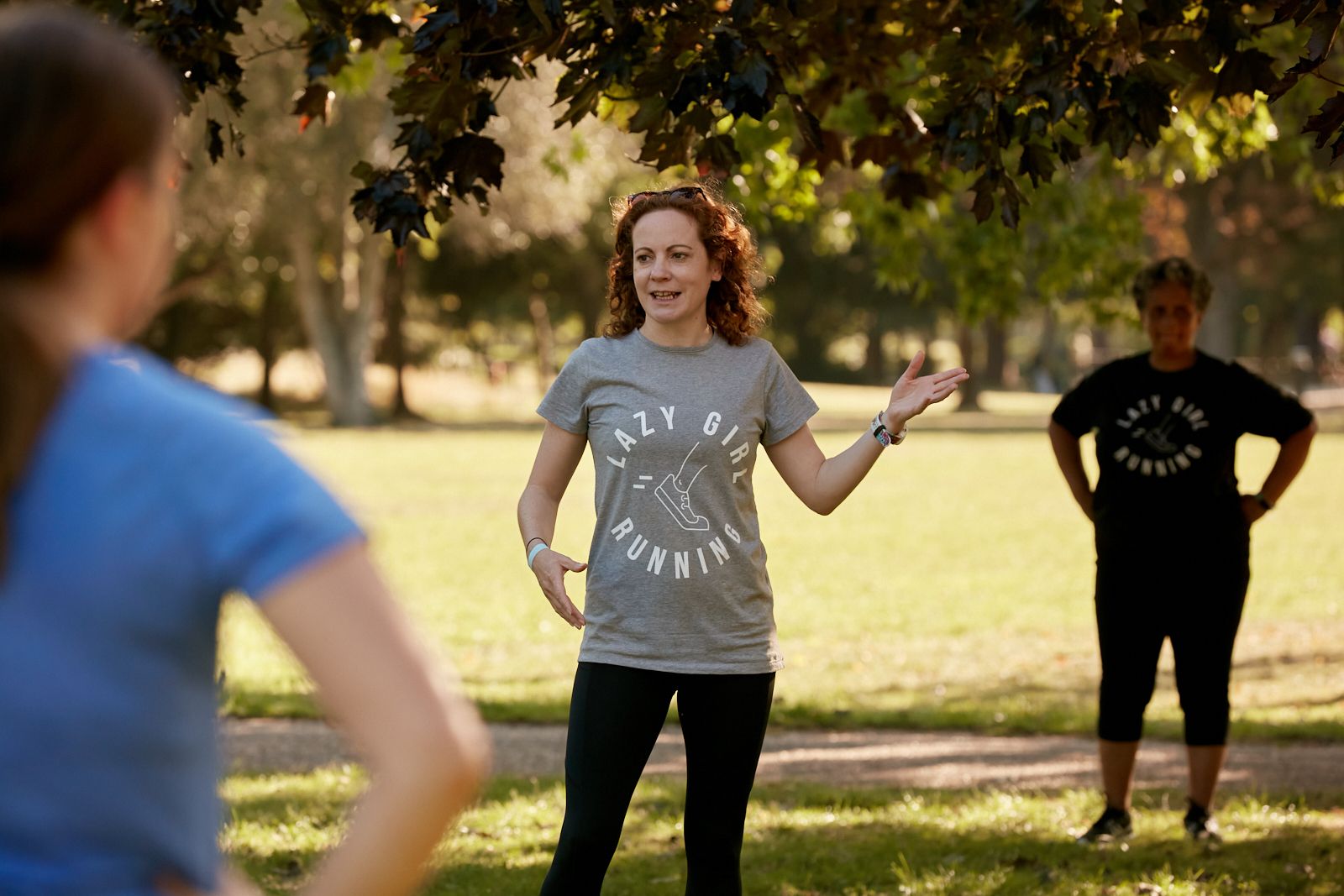
You may be qualified as a PT or fitness instructor, so check if current insurance covers group running but I’d still recommend doing the LiRF. You can then build on this qualification to train as a running coach.
Find a venue for your running group
Choosing a good venue for a running group is trickier than you might expect. It needs to be accessible so that plenty of runners can actually get there – and remember not everyone drives. It needs to be well lit for evening runs and (if you’re working with beginners) a fairly flat space is better.
You might enjoy running round your local park but think about where you’ll hold the warm-up and what sort of sessions you want to do. Is there enough space for 12 runners to be doing hill reps on this path?
Finally, you’ll need to get the landowners permission to hold your group there. Sometimes this will involve you paying a fee.
Who is your running group for?
It’s vital that you have a clear idea of the type of runner that you want to work with as this will help you make all the other decision about what venue, what day to hold it and where to find potential runners to advertise to. A group for beginners is going to have different needs than one for seasoned marathon runners.
When will your sessions be?
When you think about your target runner, think about when they want to train. New mums on maternity leave, for example, are likely to available in the day and less likely to want to train around 7pm. More experienced runners are likely to be doing long runs on the weekend, so may not want to come to an interval session on a Sunday morning.
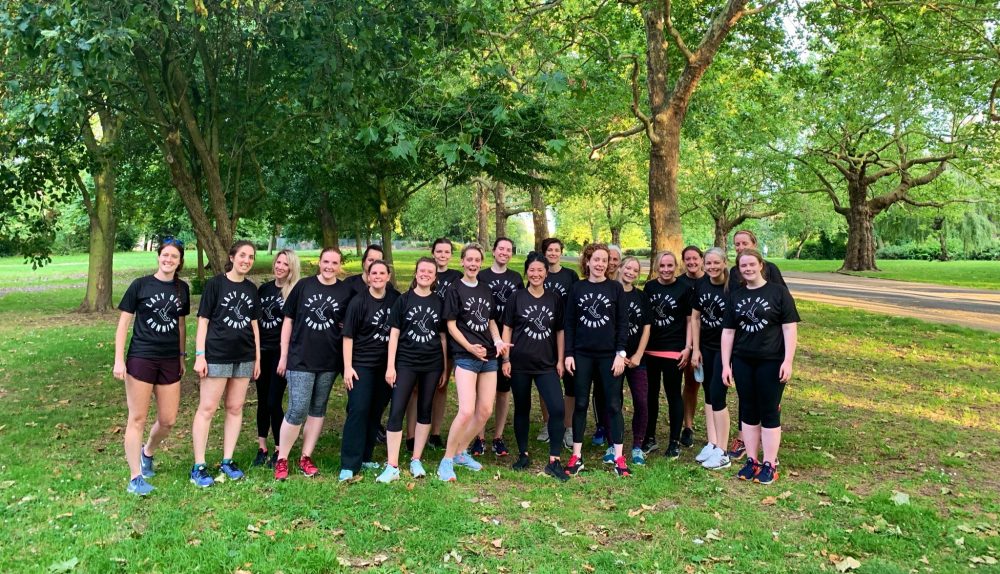
What else is going on at that time? parkrun takes over many parks at 9am on a Saturday, so this may affect your sessions. (We held out 0 to 5k running group on Saturdays at 8am and this worked well.)
Promoting your running group
Social media is a great tool for promoting your running group but it’s not the only one. I started my first running group with a pile of leaflets and stood outside the tube handing them out. That first 0-5k group filled and it was really worthwhile because I got to talk to people about the group.
Local shops, cafe and supermarkets may put up flyers for you – this is invaluable.
Whether it’s a flyer or a social media post, try to give your potential runners an idea of who you are and what the sessions will be like. It’s time to show your face on Instagram! getting runners to turn up to the park at a certain time is asking them to put a lot of trust in you – show them who you are and give them some reassurance.
We’ve barely scratched the surface of this subject, but hopefully this has given you a few things to think about. Check out my ‘Making Fitness Your Business‘ course if you want to learn more.
